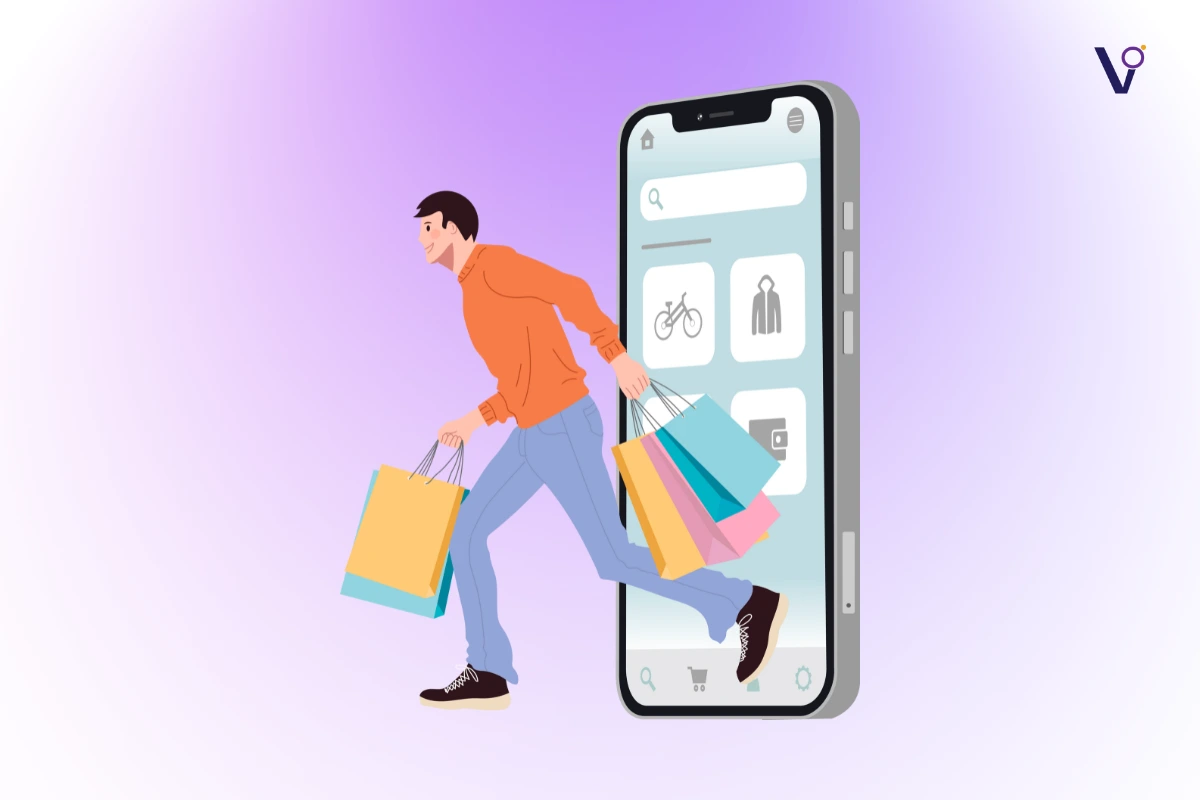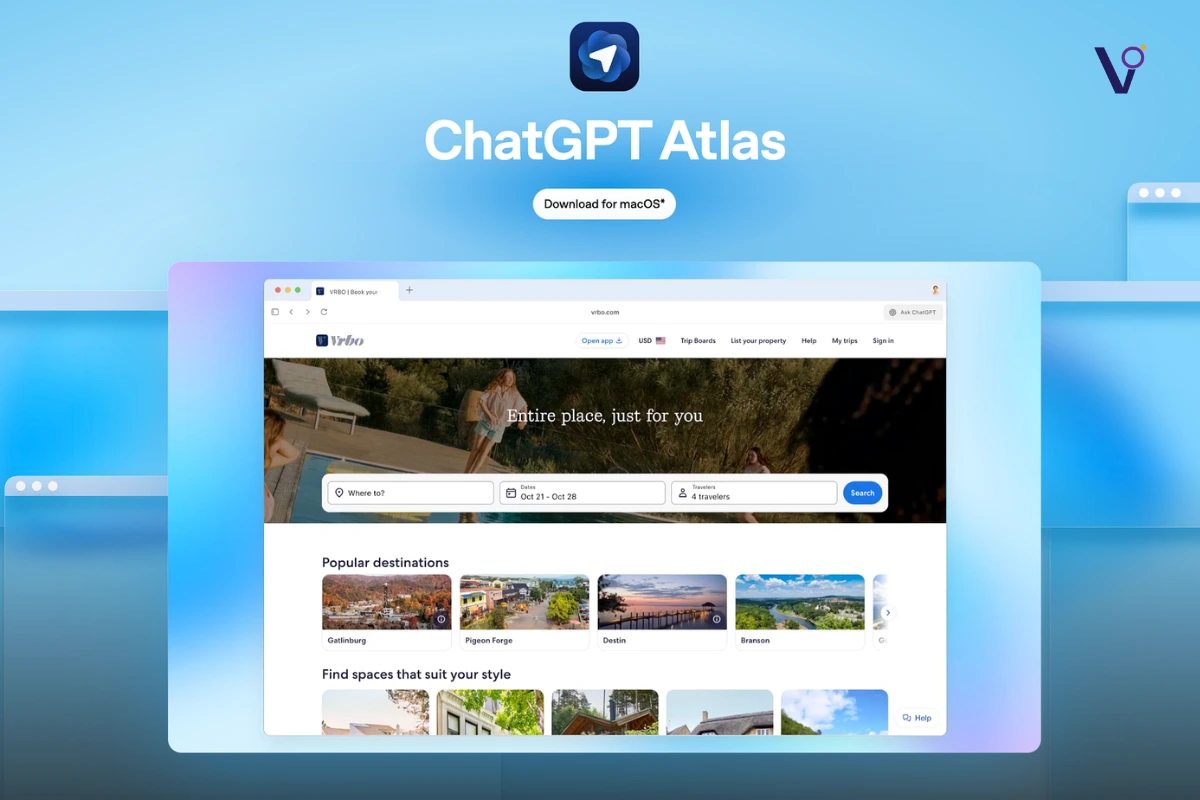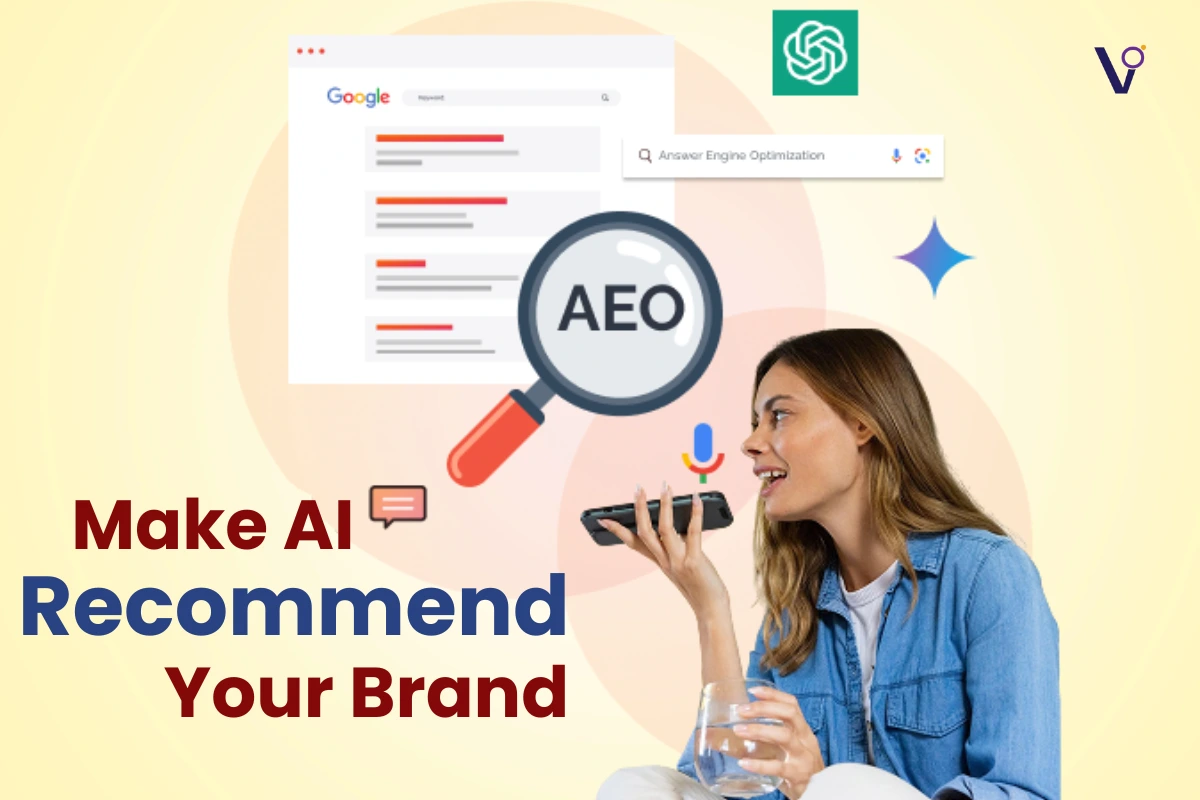How to get people to buy your product? If anything, you should be a marketing pro. You should want to have thousands of customers and make billions of dollars in sales. Picture doing incredible work in more than 1,067 niches for customers in 136 countries across the globe. Your objective should be to create a solid team and become an industry authority.
Today, let’s plunge into all the marketing you’ll ever need to know—their mistakes, pitfalls, and proven strategies to drive your success. When you’re finished, you’ll have everything you need to expand your marketing efforts and significantly boost your profits.
Why Marketing is Essential
No matter your career path, marketing will play a role in your success. Whether you’re marketing a business or yourself, mastering this skill can completely change the trajectory of your life. Marketing isn’t just about promoting and selling products or services; it’s about attracting and retaining clients while delivering on your promises.
The most effective companies don’t only work to acquire customers once—those who succeed work to retain them. Your objective is to develop a system in which clients are more valuable to you than they are to anyone else in your sector, enabling you to invest more in acquiring and serving them properly.
Step 1: Product vs. Marketing

One of the biggest arguments in the business community is whether success stems from the best product or best marketing. The reality is that it’s a little bit of both. There are some people who feel if they make an excellent product, people will follow. Others are convinced that advertising can sell anything. Both sides are wrong.
If you concentrate only on the product and don’t bother with marketing, your business will never grow. Conversely, if you concentrate solely on marketing and pay no attention to product quality, you’ll get negative word-of-mouth and have difficulty keeping customers. The largest businesses are successful because they have a superior product that they promote very well.
Step 2: Sell What the Market is Starving For
When starting a business, market demand should be your top priority. You don’t want to be selling something that individuals don’t believe they need. Don’t try to sell an idea up a hill; find a market that already craves what you have.
Minimum viable product (MVP) or product is key. Probe the market, then iterate on your product based on demand. Too many future entrepreneurs spend time searching for a perfectly new business idea, when the fact is, competition confirms demand. Picking a competitive market is an indicator that there are already customers.
Step 3: Direct Response vs. Branding
Marketing strategies usually fall into two types: direct response and branding. Direct response marketing is about immediate action—clicking a link, calling a number, or buying something. Branding creates recognition and customer loyalty over time.
Most successful brands, such as Apple, began with direct response marketing. They emphasized direct selling and customer interaction before becoming global brands. If you’re just beginning, your focus should be on direct response marketing—cold calling, direct messaging, or performing performance-based ads—to create revenue first. Only once you’ve established your business should you move on to brand building.
Step 4: Organic vs. Paid Marketing
There are two major methods of drawing in customers: organic marketing (word-of-mouth, content creation, SEO) and paid marketing (advertising campaigns). There are those who believe in scaling only organically, and others who believe the only way to scale is with paid advertising. The reality is, both demand investment—one of money, the other of time.
Organic marketing is excellent for long-term development and trustworthiness, yet it’s glacial. Paid marketing yields quick results but must be strategically invested. Ideally, you would deploy organic content for testing messaging and then scale proven strategies through paid advertising.
Organic Content:
- You create something, and its reach is variable.
- The platform may or may not show it to people.
- Success depends on whether people engage and share it.
Paid Ads:
- Reach is guaranteed, but efficiency is not.
- No guessing whether your ad will be shown—it will be.
- The key factor is return on investment (ROI)—how much you make back for the cost of showing it.
Bottom Line: Organic is about reach potential, while paid ads are about efficiency and ROI.
Step 5: Keep It Real While Driving Conversions
On one end, you’re trying to sell a product, right? But on the other hand, you’re also not trying to sell a product. So, here are some tips on how to keep it super real while still getting conversions with your content marketing.
You’re going to make a sandwich. Format your content like this—content → call to action → content. Do you remember TV? That was literally a content marketing sandwich at its finest. It was like, television → commercial → back to the television program. People came for the content, and in the meantime, they got sold to. How to get people to buy your product? By making a sandwich.

Final Thoughts
Marketers succeed on a blend of strategies:
- Walking the line of product and marketing – both equally important.
- Approaching the appropriate market – emphasis on demand rather than an idea.
- Beginning with direct response marketing – make money first, then build branding.
- Employing both organic and paid marketing – use both for best effect.
When you do this, you’ll have a solid, long-term business that not only brings in clients but brings them back again and again. Do you still question “how to get people to buy your product?” You better not.
And guess what?
You don’t have to do it alone. Connect with Viral Omega, and we’ll help you market your business the right way. Whether it’s crafting high-converting ad campaigns or building your brand for long-term success, we’ve got the expertise to make it happen. Let’s take your business to the next level together.
Offer limited-time discounts, provide free trials, run referral programs, and create compelling content around your product.
Competitive pricing, bundled offers, and perceived value play a crucial role in influencing purchase decisions.
Provide exceptional service, personalize interactions, offer loyalty programs, and continuously engage customers through email and social media.
The best way to promote a product is through a multi-channel strategy. Social media marketing drives 78% of purchase decisions, while influencer marketing delivers an ROI of $5.78 for every $1 spent. Additionally, SEO-optimized content boosts organic traffic by 53%. Combine them all.



